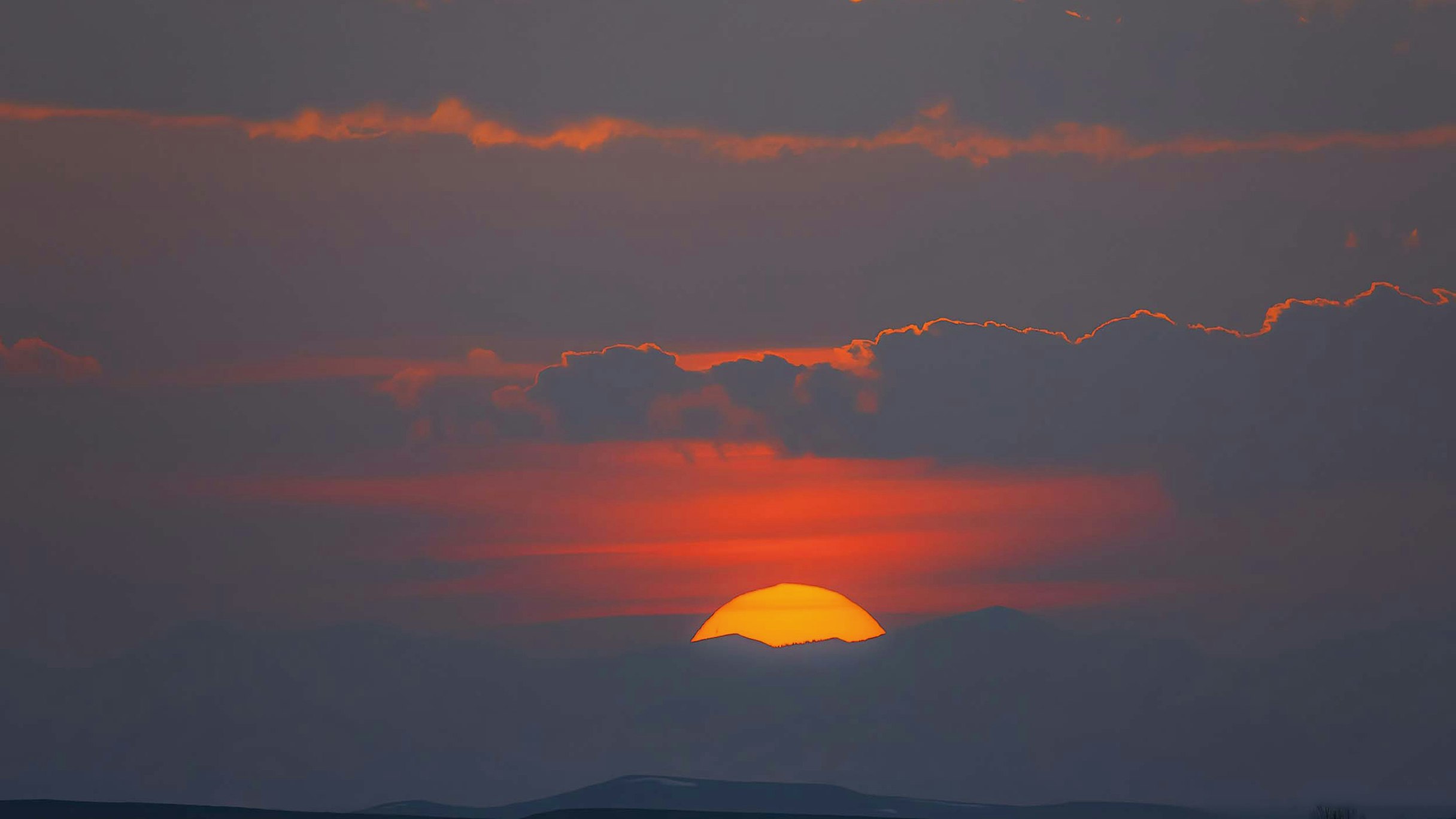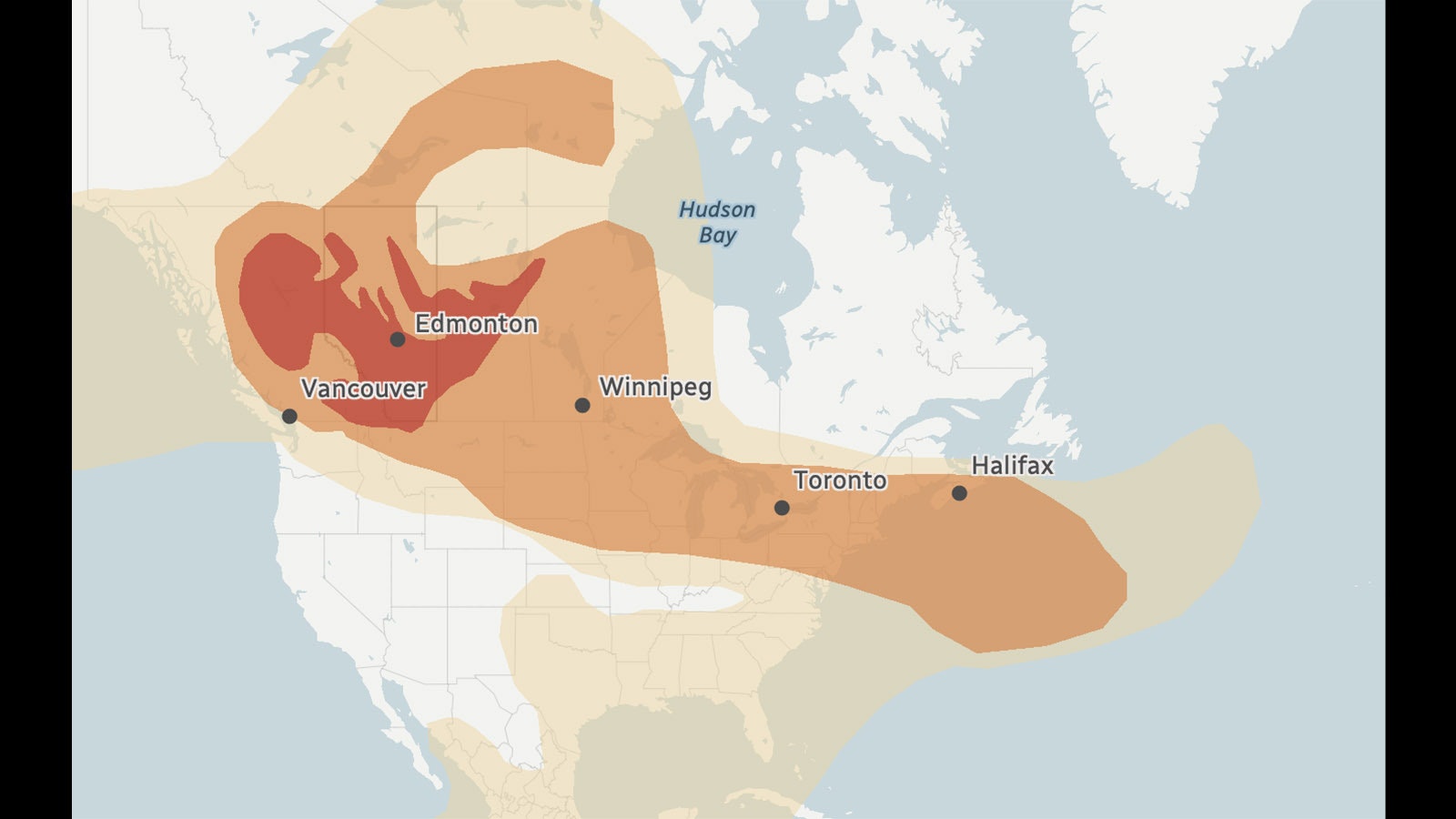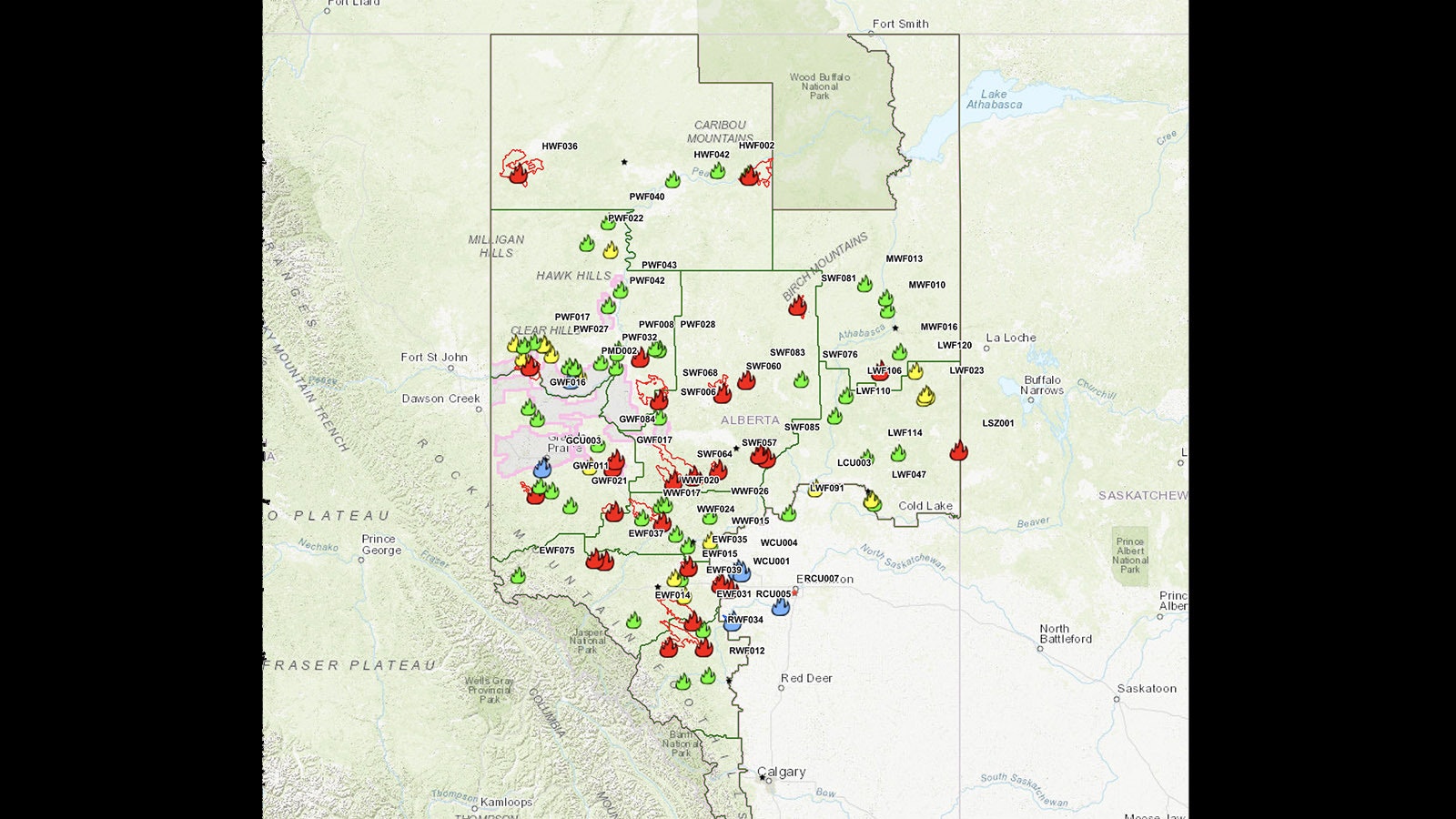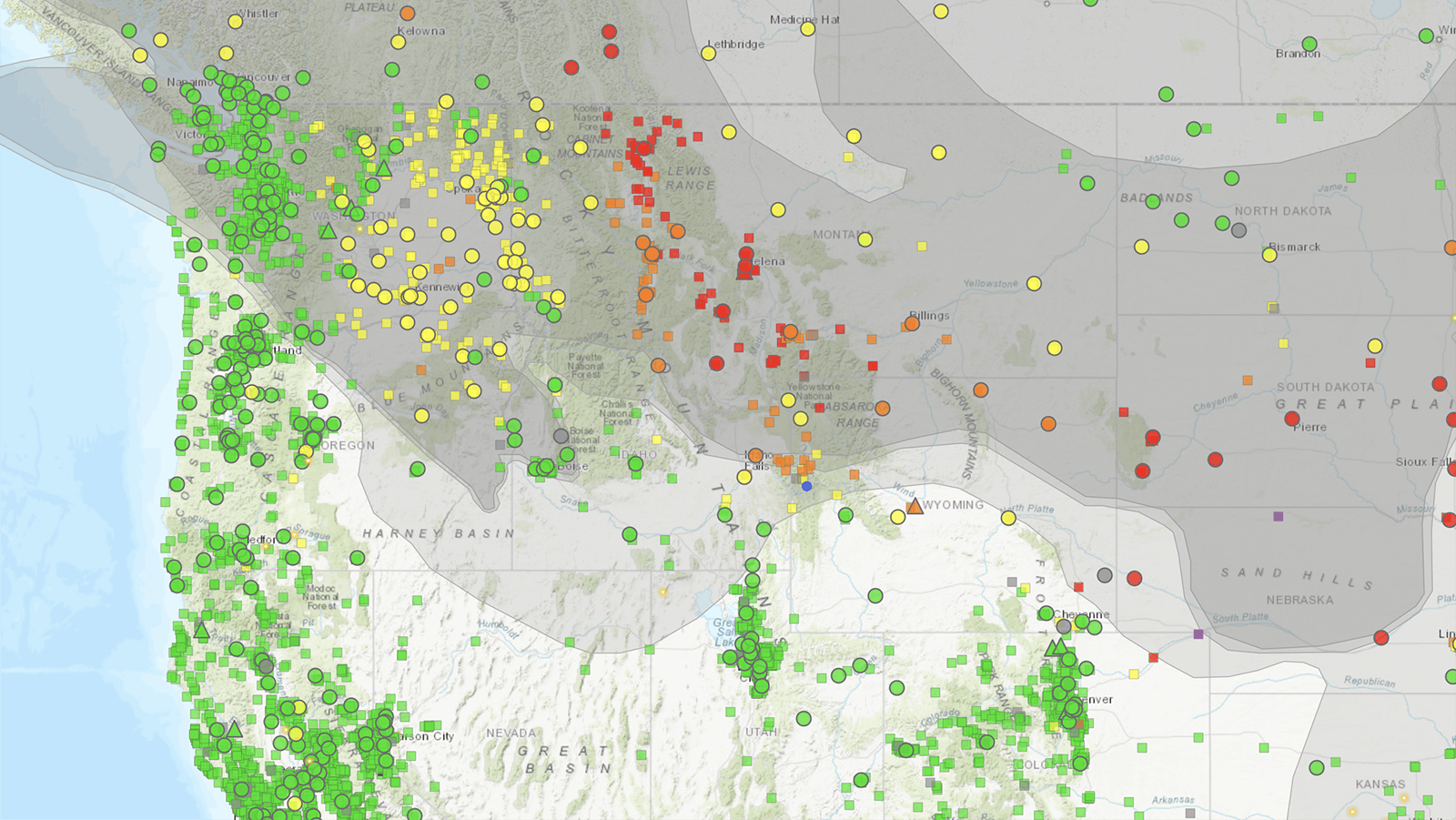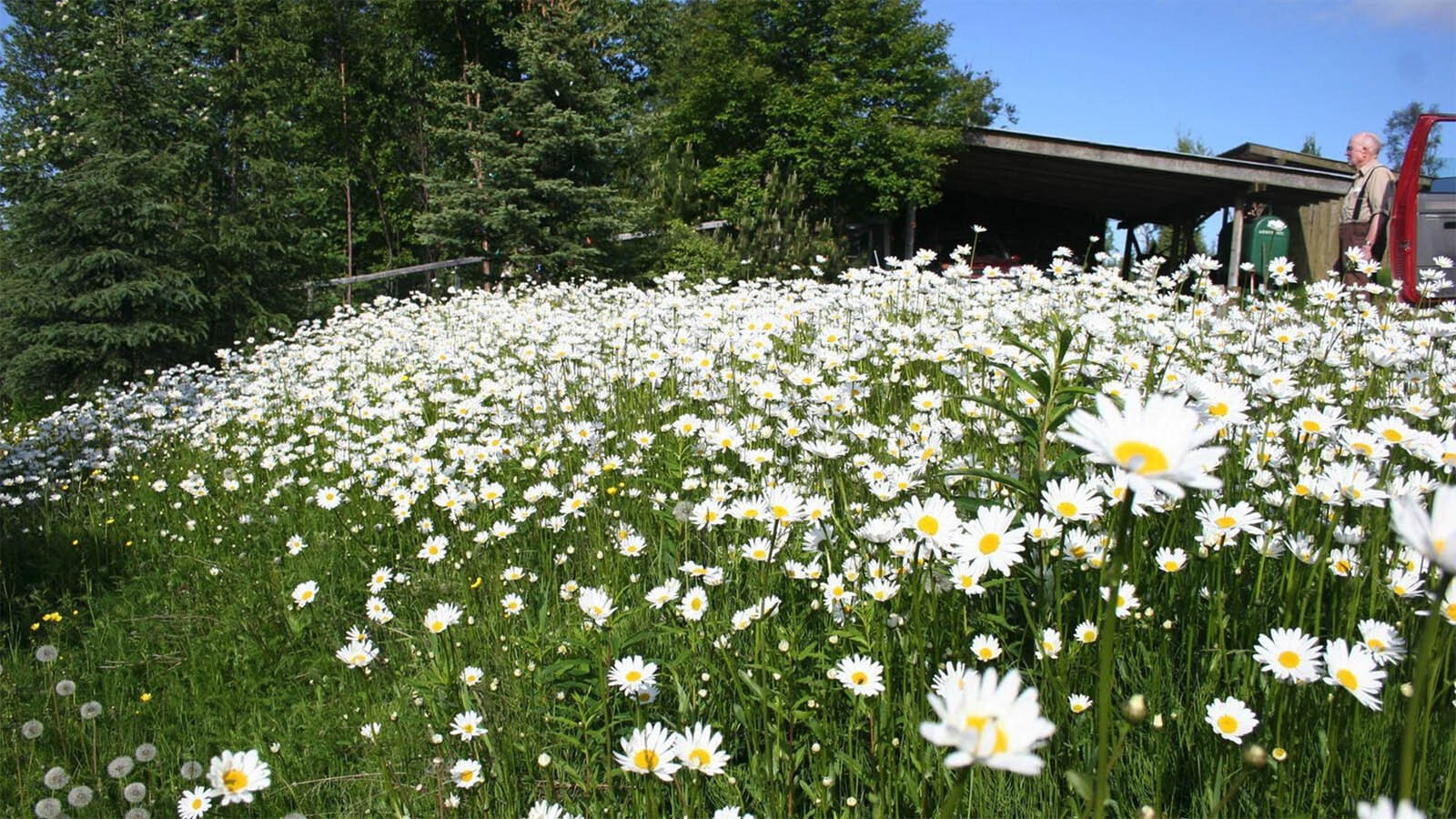Smoke from dozens of wildfires in Alberta, Canada, began drifting into northwest portions of Wyoming on Thursday.
Residents from Jackson to Cody, as well as tourists in Yellowstone, noted hazy skies and the distinct smell of “campfire.”
Millions of acres have already burned in western Canada as a total of 92 wildland fires are reported, 27 considered uncontained or out of control. A hot, dry spring with little rain sparked the blazes, which began a little over a week ago.
Nearly 3,000 firefighters from Canada and the U.S. are battling the raging fires, which have caused numerous disruptions to rail service in western Canada as well as evacuations.
The impacts of the wildfire activity are already being felt on Wall Street as crude oil prices spiked in anticipation of reduced supply. According to Rystad Energy, Alberta oil sands production is expected to be significantly disrupted by the wildfires.
Early Start Worrisome
Canada’s National Wildland Fire Preparedness Level is already at PL5. The scale does not go higher than that, and it is the earliest in the season that nation has moved to level 5 since the response stage system was instituted.
Thirteen major fires in the Forest Protection Area of Alberta include Deep Creek, Grizzly, Eagle, Kimiwan, Pembina Wildfire, Nipisi and Sturgeon Lake complexes — all classified as “out of control” — continue to burn northwest of Edmonton and Calgary.
A brief cold front is expected to roll through the region later Thursday and Friday, but hot, dry conditions are forecasted through the weekend and much of next week.
Wildland fire officials expressed concern that when other fire activity elsewhere picks up, especially in the United States, resources will be deployed elsewhere.

Wyoming Waits Its Turn
Air quality monitors in northwest Wyoming have already been tripping into the orange threat level.
In Cody, the AQI NowCast Thursday afternoon was 140, meaning “unhealthy for sensitive groups.” A reading of 150 or higher would be enough to elevate the warning to “unhealthy,” which is where Red Lodge, Montana, as Thursday afternoon with an AQI of 158.
Elsewhere in Wyoming, Fishing Bridge in Yellowstone National Park is reporting an AQI of 153. Gillette is 139, Moran 125 and Sheridan 119.
Wyoming and the rest of the western U.S. is braced for what could be challenging summer season filled with wildfire activity. The USDA last week announced a $63 million investment for fuel breaks and other wildfire mitigation.
U.S. Agriculture Secretary Tom Vilsack said the Bipartisan Infrastructure Law and the Inflation Reduction Act will help protect communities and firefighters across the West.
This new round of investments will support projects in Colorado, Montana, Oregon, South Dakota and Wyoming “to improve firefighter response and protect critical infrastructure and natural resources,” Vilsack said.

